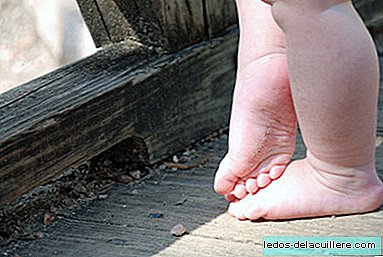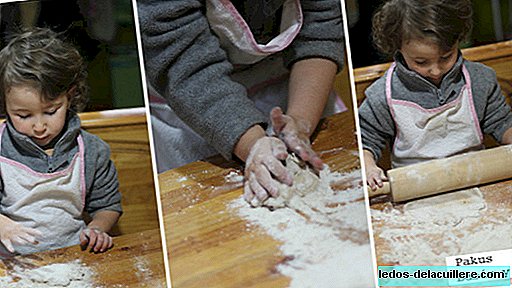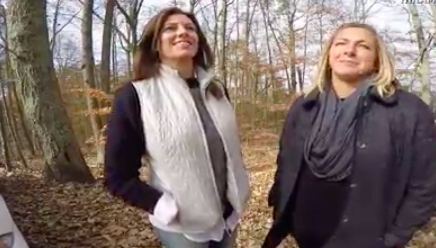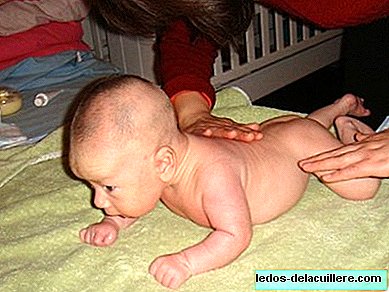
Today I wanted to dedicate the chapter on the prevention of childhood accidents in the home to the suffocation by drowning or foreign bodies lodged in the airways. It is very important that we know the terrible consequences of our brain stop receiving oxygen, in fact we were commenting last summer that the World Health Organization estimates in 5000 people between 0 and 19 years, the number of deaths from drowning, and This is every year.
On the other hand, and besides being able to cause death, these facts can cause serious brain damage. Last December, in our double First Aid interview, Julia and Eva told us that in cases of asphyxiation by foreign bodies in the trachea, the time available to act is three minutes. So prevention is very important. The accidents are fortuitous events that do not usually depend on our will, however, provide our home with conditions so that they do not happen, if that depends on us. However, together with our common sense, and the education we provide to our children, an environment must be established so that the little ones learn to know the limits for themselves, and therefore to protect themselves.
For avoid drowning at home children cannot be left alone in the bathtub, because even with little water it is possible that even the most unpredictable will happen, if we have a garden we will also not leave large containers full of water, and if there is a pool it must be fenced (remember that the covers do not they are safe).
And if we do not want to take a fright, we will prevent them from suffocating or strangling by storing the plastic bags (making them a knot while keeping them safe) and putting out of their reach any small object that arouses their curiosity and wants to be taken to their mouth. We should not let them carry objects around their neck while they play (necklaces, scarves, etc.) to avoid being squeezed if they get caught.
In general it is useful to apply all the recommendations we provide, but also see life again with the eyes of a child, to understand their permanent need to discover the world, and be at their side to help them perceive the risks from both perspectives (adult and child).
I still have to address two issues in this long series: these are the most frequent accidents according to the age group and the convenience of the children being left alone at home. We continue in a few days.












